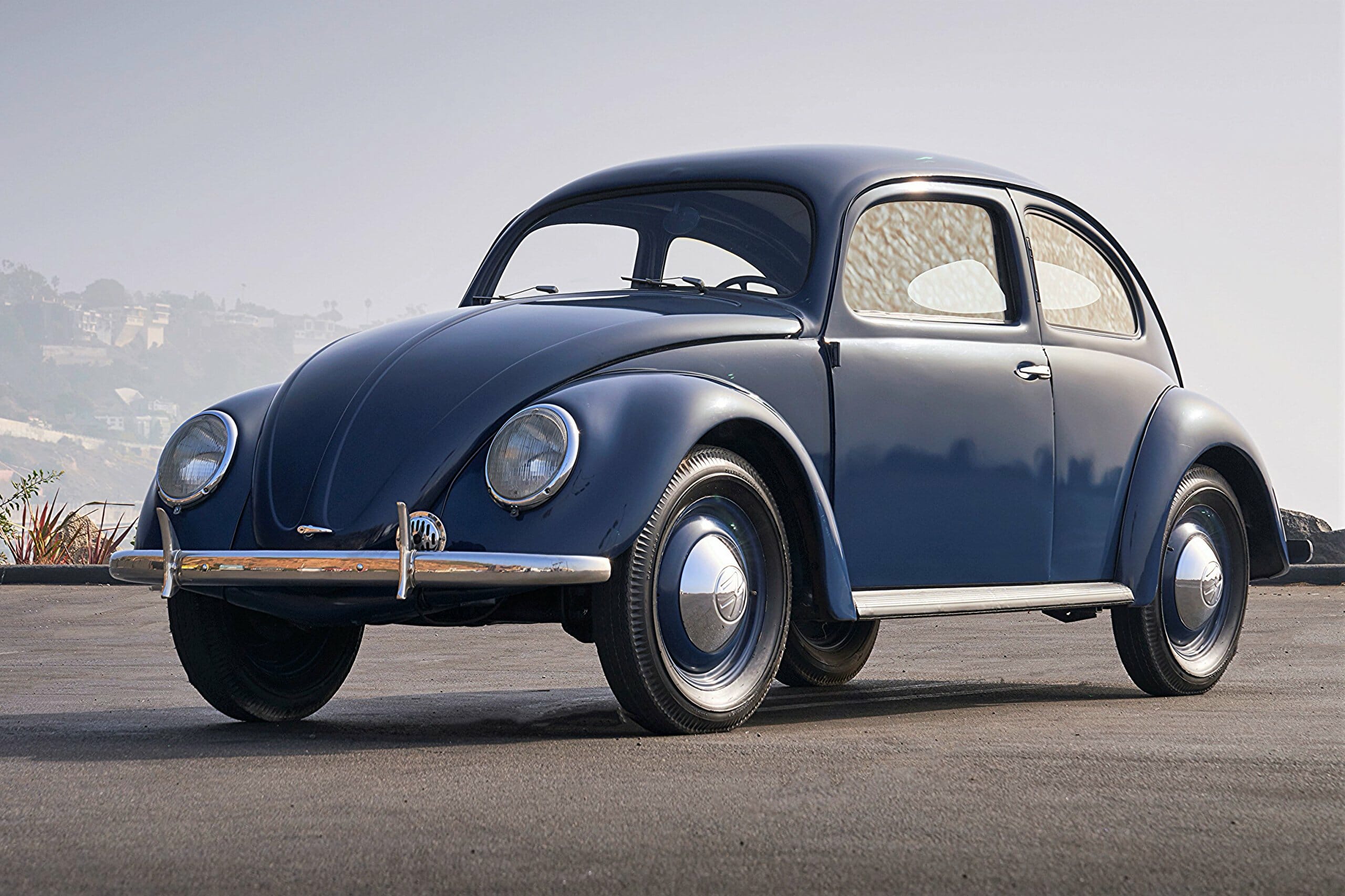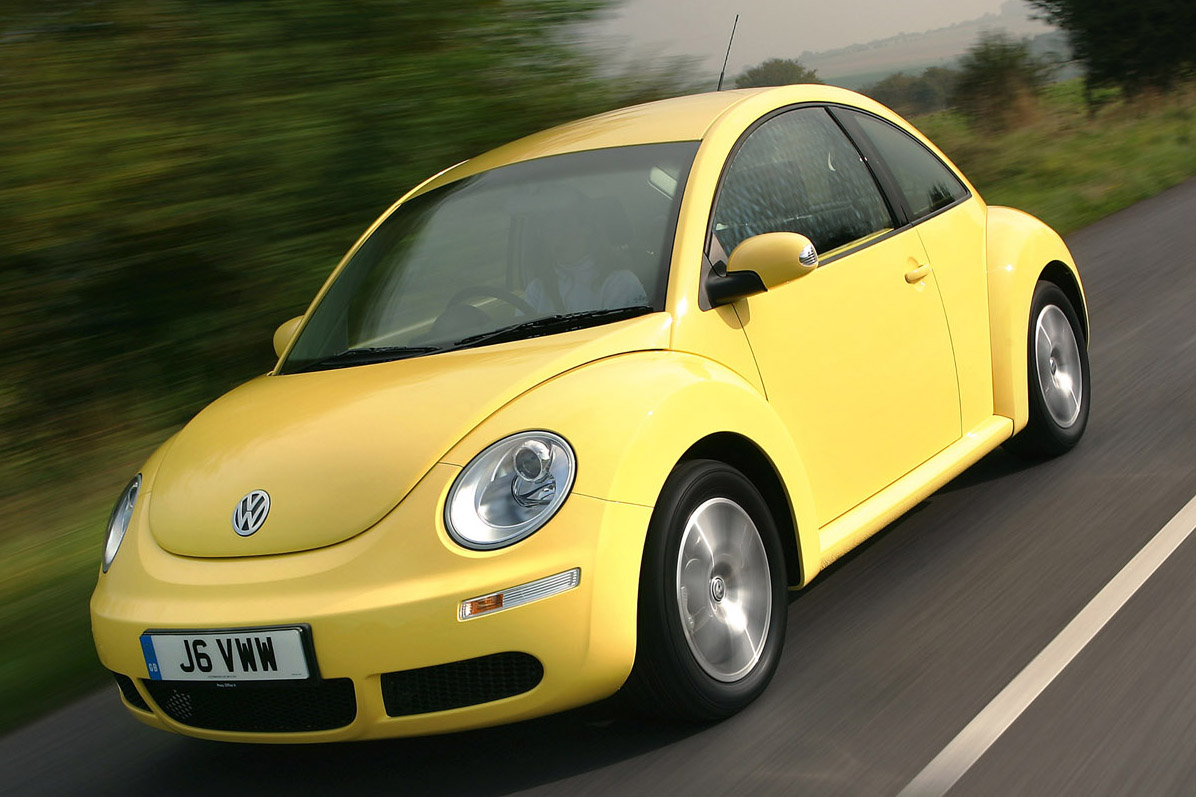- The Timeless Appeal of the VW Beetle
- Owning and Maintaining Your VW Beetle
- VW Beetle Today: A Collector’s Dream
- The Potential Future of the VW Beetle
- FAQ
The VW Beetle is more than just a car; it’s a cultural icon that has stood the test of time. Renowned for its distinct shape, cheerful personality, and simplicity, it has resonated with drivers worldwide for generations. Whether you’re into vintage vehicles or simply love its quirky design, the VW Beetle holds a special place as one of the most recognized cars in history. Let’s explore how it began, why it’s loved, and what it’s like to own one today.
The Timeless Appeal of the VW Beetle
Few cars are as instantly recognizable as the VW Beetle. Its bug-like shape and friendly appearance quickly made it a global favorite. Originating in the 1930s, it became a symbol of affordability, practicality, and fun. Generations of drivers have been drawn to its unique design and reliable performance. Even years after its production ended, the Beetle still inspires joy and nostalgia.
The Story Behind the Icon
The VW Beetle, initially designed as an affordable people’s car, became a worldwide phenomenon. Its simple yet robust engineering helped millions of families own their first vehicle. Over the decades, its iconic design evolved while keeping its unique charm. The classic Beetle dominated the roads for decades, while modernized versions like the New Beetle, introduced in the 1990s, brought this automotive legend into the 21st century. Whether it’s the early post-war models or the curvier modern versions, each generation carries the DNA of an enduring design.
What Makes It So Unique
The VW Beetle has always stood out with its quirky design elements. Here are some of the distinctive traits that make it special:
Distinctive Shape: Its rounded body, compact size, and gentle curves give it an unmistakable silhouette.
Friendly Features: With round headlights resembling a smiling face, its design exudes a warm and approachable feel.
Compact Design: Perfect for navigating crowded city streets, the Beetle’s small size offers effortless parking and efficient driving.
Air-Cooled Engines: Earlier models featured widely admired air-cooled engines, famous for their simplicity, sound, and low-maintenance needs.
Owning and Maintaining Your VW Beetle
For those considering buying a Beetle, it’s more than just acquiring a car—it’s stepping into a vibrant and nostalgic community. Here’s what to expect in terms of use and care:
Everyday Driving
Depending on whether you choose a classic or New Beetle, the driving experience varies significantly:
The classic Beetles offer a raw, mechanical feel which many enthusiasts find charming. They are ideal for weekend drives or car shows but may require patience for daily usage.
The New Beetles combine modern comforts with retro aesthetics, making them more suitable for routine commutes. They include features like power steering, air conditioning, and improved ride quality.
Both offer a cozy interior that feels surprisingly spacious despite their compact exteriors. While classics require a more hands-on approach to maintenance, New Beetles make a great option for those preferring modern reliability.
Key Comparisons Between Models
Feature | Classic Beetle | New Beetle |
|---|---|---|
Engine Type | Air-cooled, basic design | Water-cooled, more advanced |
Driving Experience | Mechanical, nostalgic | Smooth, comfortable |
Ease of Maintenance | DIY-friendly | Requires modern tools |
Primary Appeal | Collector value, vintage charm | Unique yet practical |
Maintenance Tips for a Happy Beetle
Keeping your VW Beetle in top shape is straightforward with regular care:
Frequent Oil Changes: Essential to keep the engine running smoothly, especially for vintage models.
Prevent Rust Buildup: Check areas like floor pans, under seats, and wheel wells where rust can be hidden.
Search for Quality Parts: While replacement parts for newer Beetles are easier to find, enthusiasts can locate specialist suppliers for classic components.
DIY-Friendly: Classic Beetles have straightforward designs, so owners can often handle simple repairs, saving costs.
VW Beetle Today: A Collector’s Dream
Though the Beetle is no longer being produced, its legacy lives on. Early models, particularly from the post-war era, are prized collector’s items around the globe. Meanwhile, the New Beetle appeals as a blend of retro style and modern fun, offering an affordable entry into the Beetle-owning experience.
Why Enthusiasts Love It to This Day
Nostalgia: Driving the Beetle feels like stepping back in time. Its charm recalls simpler, happier days.
Uniqueness: Few other cars provide such distinct personality on the road.
Community: Owners form warm, welcoming groups that share resources, tips, and passion for keeping the Beetle alive.
Customization: From colorful paint jobs to quirky accessories, every Beetle can reflect its owner’s personality.
The Potential Future of the VW Beetle
While there’s no confirmation of the Beetle’s return, there’s always hope. With the growing popularity of electric conversions, some believe the Beetle may return as an electric vehicle, blending iconic designs with innovative technology. Until then, the legacy lives on as an irreplaceable piece of automotive history.
FAQ
Are old VW Beetles expensive to maintain?
Mechanically simple classic Beetles can be inexpensive to repair if you handle minor maintenance yourself. However, sourcing original parts, especially for rare models, can be costly.
Can a Beetle be a daily driver?
New Beetles (produced through 2019) are well-suited for daily use, offering modern amenities and smoother handling. Classic Beetles can work for enthusiasts willing to accommodate their older technology and upkeep needs.
Are parts still available for Beetles?
Yes, most parts for Beetles are readily available through online stores, dealerships, and specialty retailers. Rare editions may require extra effort to find suitable components.
Can you upgrade a Beetle to electric?
Absolutely! Many enthusiasts are converting classic Beetles to electric vehicles. It offers modern reliability while preserving the timeless charm of the car’s design.
Read More:
Toyota Land Cruiser Prado:What Makes It a Global Off-Road Icon?










